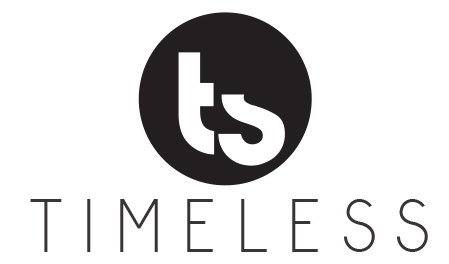If you’re approaching retirement, you may be in the process of developing a budget and determining how you’ll fund your cost of living. You’ll likely face expenses for things such as housing, food, utilities, travel and more. You may also face costs for things like taxes and debt.
Health care, however, is one major expense category you shouldn’t ignore. Many retirees assume that Medicare covers all health care costs. That assumption is usually incorrect. In fact, Fidelity estimates that the average retired couple will spend $275,000 on out-of-pocket medical expenses.1 That figure doesn’t even include the cost of long-term care.
The truth is that Medicare doesn’t cover everything. In fact, there are some services that aren’t covered by Medicare at all, and many are only partially covered. You’ll have to pay the difference, possibly out of your retirement assets.
This can be a difficult challenge for retirees. As you get older, your risk of suffering an injury or illness increases. While you may want the best treatment possible, you also have to preserve your assets to fund the rest of your retirement.
The good news is you can take steps to manage your health care expenses and protect your budget. Below are a few of the most common sources of health care costs in retirement. By understanding your potential medical expenses, you can develop a funding strategy.
Medicare Premiums, Deductibles and Copays
Medicare is available to all retirees age 65 and older. However, it isn’t free for all retirees. Medicare is divided into multiple parts, each of which offers different coverage. Part A covers hospitalizations and doesn’t have a premium. It does, however, come with a copay, which increases the longer you are hospitalized.
The other Medicare parts—B, C and D—are all optional and come with premiums, deductibles and copays. Those amounts depend on your level of coverage. The more robust your coverage, the higher your premiums are likely to be. You can reduce your premiums by changing your coverage, but doing so may increase your deductible and copay.
Noncovered Services
There are many services that are covered by employer plans but aren’t covered by Medicare. Some of those services include dental, vision, hearing, rehabilitation, physical therapy and more. If you have traditional Medicare parts A and B, you’ll have to pay for all those services out of pocket.
You can purchase optional Medicare protection for those services through Medicare Part C, also known as Medicare Advantage. These are policies offered by private insurance companies. Medicare Advantage policies include traditional Medicare protection plus enhanced coverage for additional services.
Of course, since Medicare Advantage is optional, it also comes with additional premiums. There are a wide range of Medicare Advantage policies available, so it’s important to consider your specific needs, budget and objectives before purchasing a policy.
Long-Term Care
The U.S. Department of Health and Human Services estimates that today’s 65-year-olds have a 70 percent chance of needing long-term care in the future.2 Long-term care is extended assistance with daily living activities such as eating, bathing, mobility and more. It’s usually provided either in a facility or in your home.
As you might expect, long-term care can be costly. According to Genworth, the average monthly cost for an assisted living facility in 2017 was $3,750. The average cost of an in-home health aide was more than $4,000.3 Because long-term care may be needed for several years, it can be a drain on your assets.
It’s helpful to develop a long-term care strategy before you enter retirement. You may consider purchasing long-term care insurance, in which an insurer covers some or all of your costs. Or you may want to accumulate funds in a health savings account to cover medical costs and long-term care expenses.
Ready to develop your health care funding strategy? Let’s talk about it. Contact us today at Timeless Solutions. We can help you analyze your needs and implement a plan. Let’s connect soon and start the conversation.
1https://www.fidelity.com/viewpoints/retirement/retiree-health-costs-rise
2https://longtermcare.acl.gov/the-basics/how-much-care-will-you-need.html
3https://www.genworth.com/about-us/industry-expertise/cost-of-care.html
Licensed Insurance Professional. This information is designed to provide a general overview with regard to the subject matter covered and is not state specific. The authors, publisher and host are not providing legal, accounting or specific advice for your situation. By providing your information, you give consent to be contacted about the possible sale of an insurance or annuity product. This information has been provided by a Licensed Insurance Professional and does not necessarily represent the views of the presenting insurance professional. The statements and opinions expressed are those of the author and are subject to change at any time. All information is believed to be from reliable sources; however, presenting insurance professional makes no representation as to its completeness or accuracy. This material has been prepared for informational and educational purposes only. It is not intended to provide, and should not be relied upon for, accounting, legal, tax or investment advice. This information has been provided by a Licensed Insurance Professional and is not sponsored or endorsed by the Social Security Administration or any government agency.
17508 – 2018/3/26

